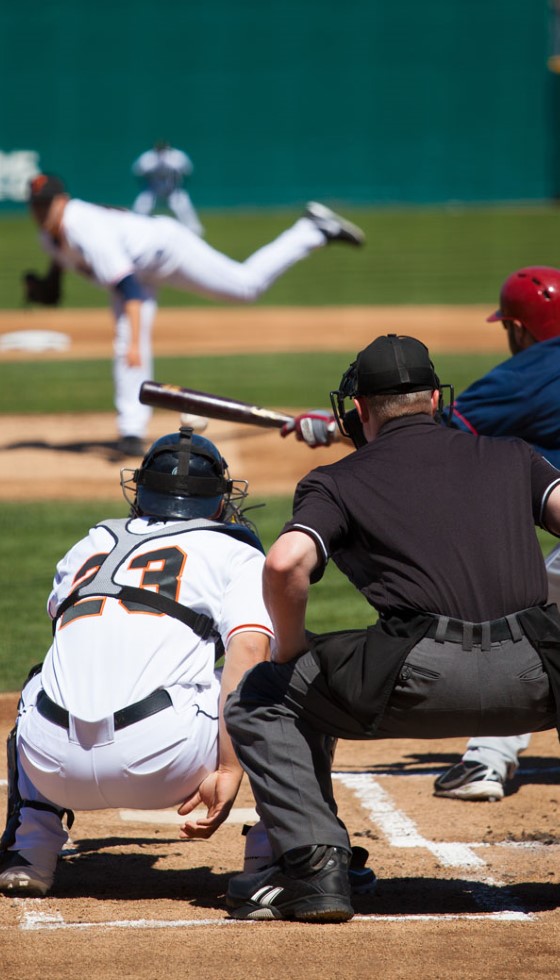
The world of Major League Baseball (MLB) is currently grappling with an alarming trend that could threaten the very fabric of the game: a striking rise in pitcher injuries. Among the notable names recently sidelined due to such afflictions are Eury Pérez, Shane Bieber, Jonathan Loáisiga, and Spencer Strider. This issue was further highlighted when Framber Valdez was scratched from a scheduled start because of elbow soreness, indicating that the problem is widespread and affects teams at every level.
A Disturbing Statistic
An astonishing revelation is that 34.2% of MLB pitchers have undergone Tommy John surgery—a procedure to repair a torn ulnar collateral ligament in the elbow, a common injury among pitchers. This statistic alone underscores the severity of the injury crisis. Moreover, at the season’s onset, 80% of players on the injured list were pitchers, reinforcing the notion that the mound is becoming an increasingly hazardous place.
Factors Contributing to the Injury Epidemic
Several developments in the game are believed to contribute to the surge in pitcher injuries. One such development is the implementation of a pitch clock, intended to speed up the game, which could potentially add strain on pitchers’ arms by reducing their recovery time between pitches. Additionally, the focus on increasing pitching velocity and enhancing spin rates has placed added stress on pitchers' arms, leading to the inevitable breakdown of tissues and ligaments over time.
The crackdown on the use of foreign substances to improve grip and control in pitching has also been a factor. In eliminating these aids, pitchers may be altering their mechanics or putting additional strain on their arms to achieve the same outcomes, leading to more injuries. Furthermore, the trend of early specialization in youth baseball, where young athletes focus solely on baseball and specifically pitching from an early age, has contributed to early wear and tear, setting the stage for future injuries.
Voices of Concern
There is a growing concern among players and experts about the health impacts of these changes, particularly regarding reduced recovery time. The sentiment among players is one of frustration and worry, as they see themselves as the most valuable asset of the game, put at risk by decisions that seem to overlook their wellbeing.
The league has yet to acknowledge these concerns formally or initiate comprehensive studies on the effects of these game changes on player health. This silence from the MLB front office has only added to the players' frustrations, who argue that they are being asked to adapt to new rules and play conditions without adequate support or consideration for their impact on their health and careers.
In their own words, players are voicing their unease and dissatisfaction. Some explicitly blame the ban on foreign substances for their injuries, expressing exasperation over the league's lack of understanding and support. These players argue that the elimination of such substances, which they believe could help prevent injuries, is a direct contributing factor to their current plight.
A Call for Action
The issue of pitcher injuries in MLB is complex and multi-faceted, rooted in recent changes to the game's rules and the evolution of play. To address this growing crisis effectively, a multi-pronged strategy that includes the input and cooperation of players, coaches, medical professionals, and the league is necessary.
An acknowledgment of the problem by the MLB is the first step toward finding viable solutions. This acknowledgment must be followed by comprehensive studies to understand the full impact of game changes on players. In parallel, there should be an open dialogue with players to explore potential modifications to current practices that ensure player health and safety without compromising the quality of the game.
Finding common ground and implementing measures that protect pitchers will not only ensure the longevity and careers of current players but also safeguard the future of baseball. It’s a challenging path ahead, but one that holds the promise of reconciling the evolution of the game with the indispensable value of player health and safety.